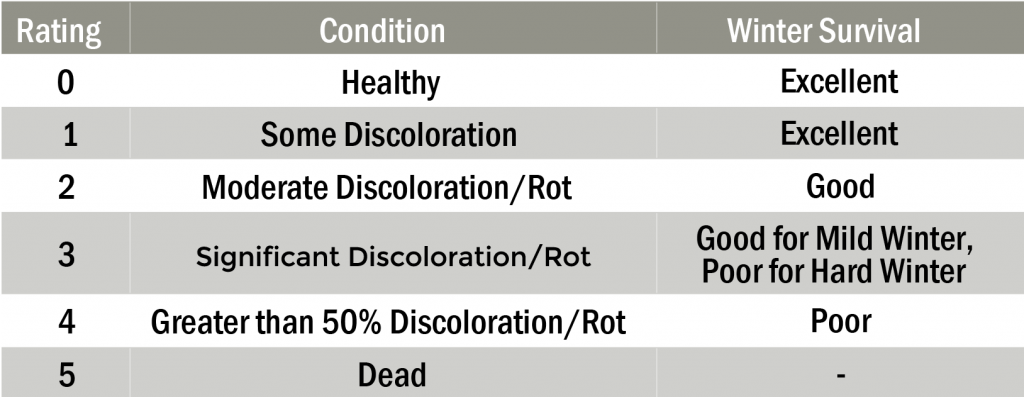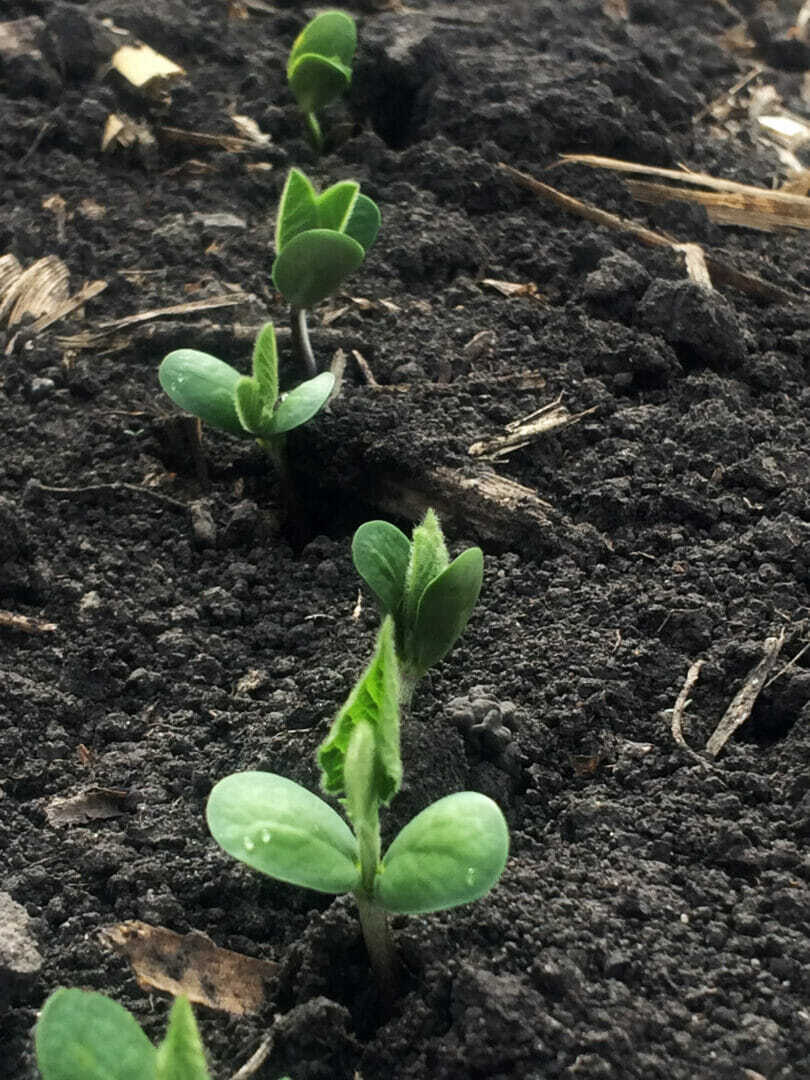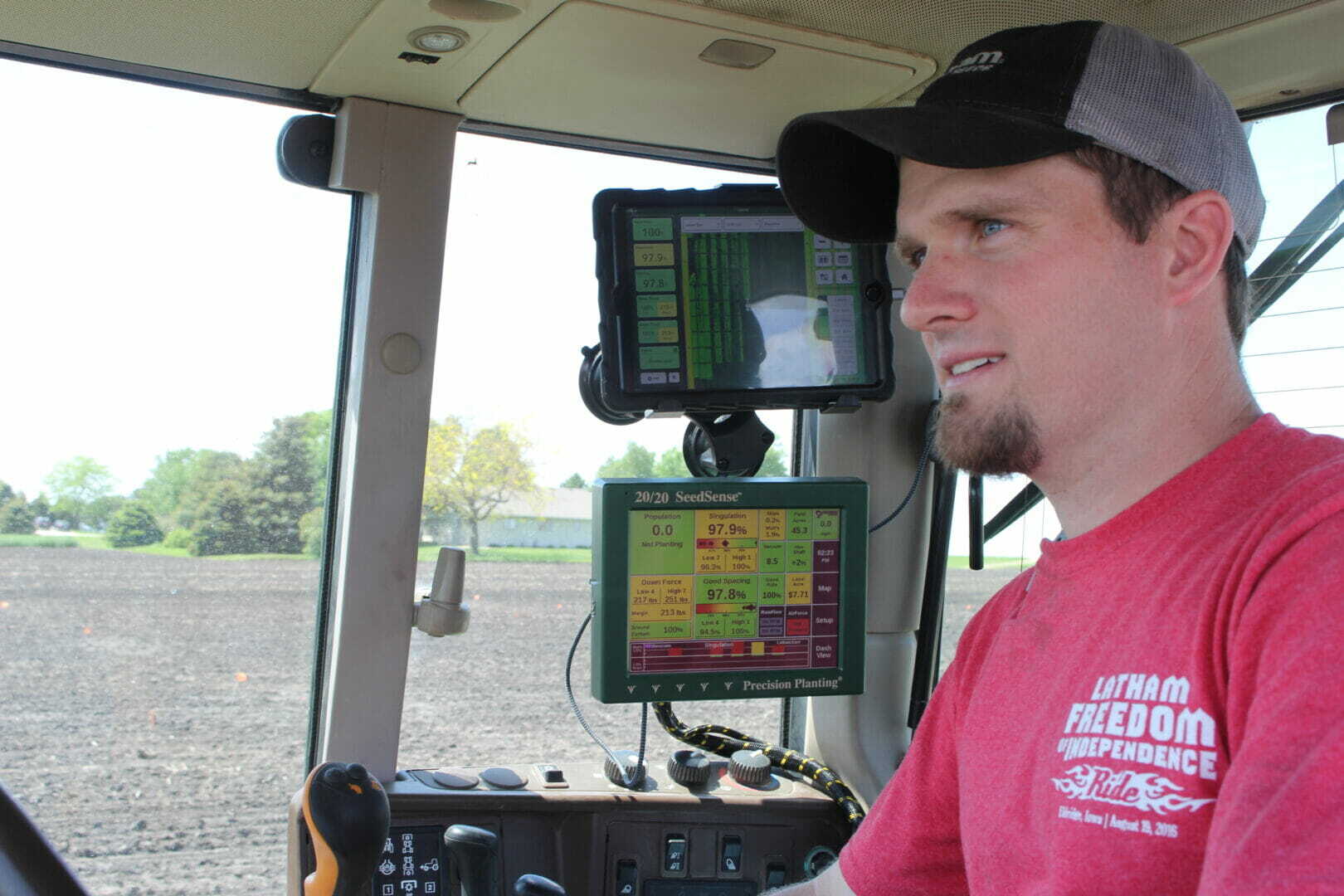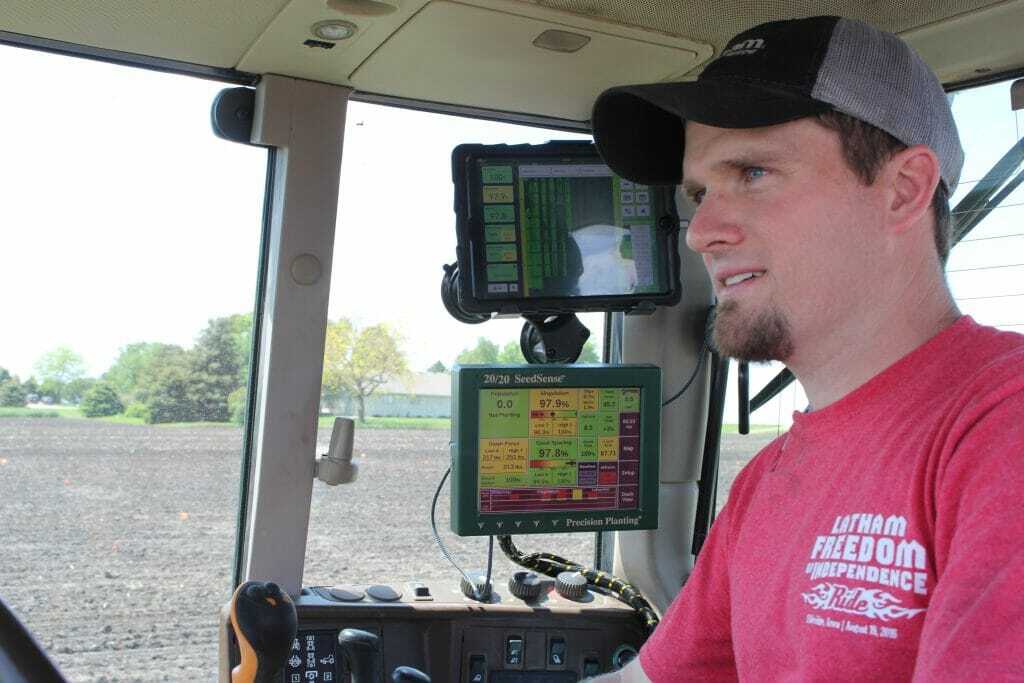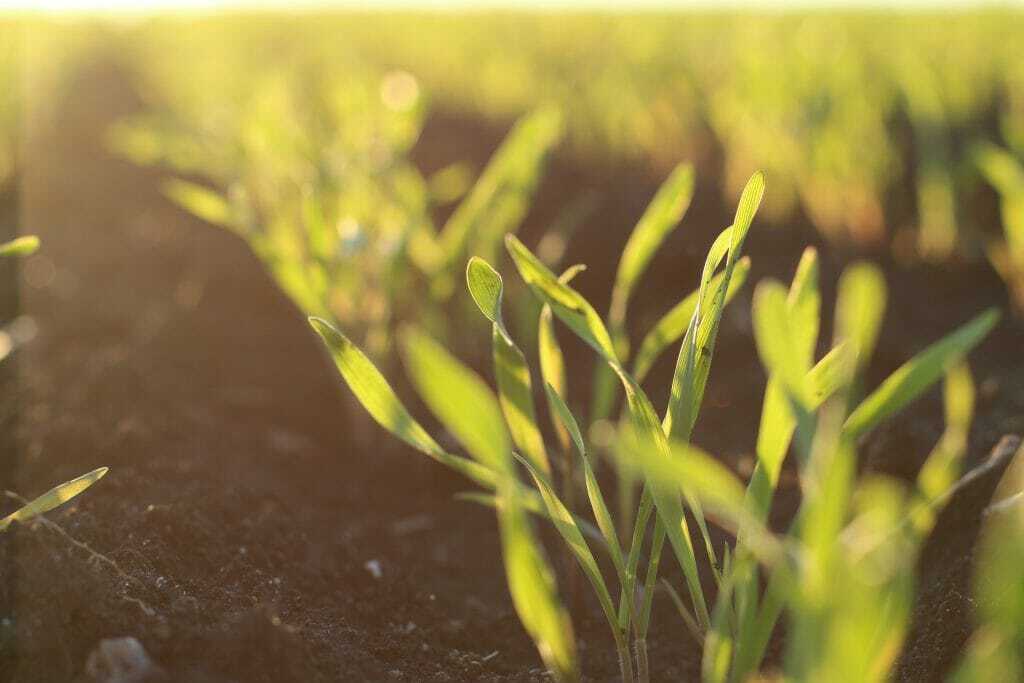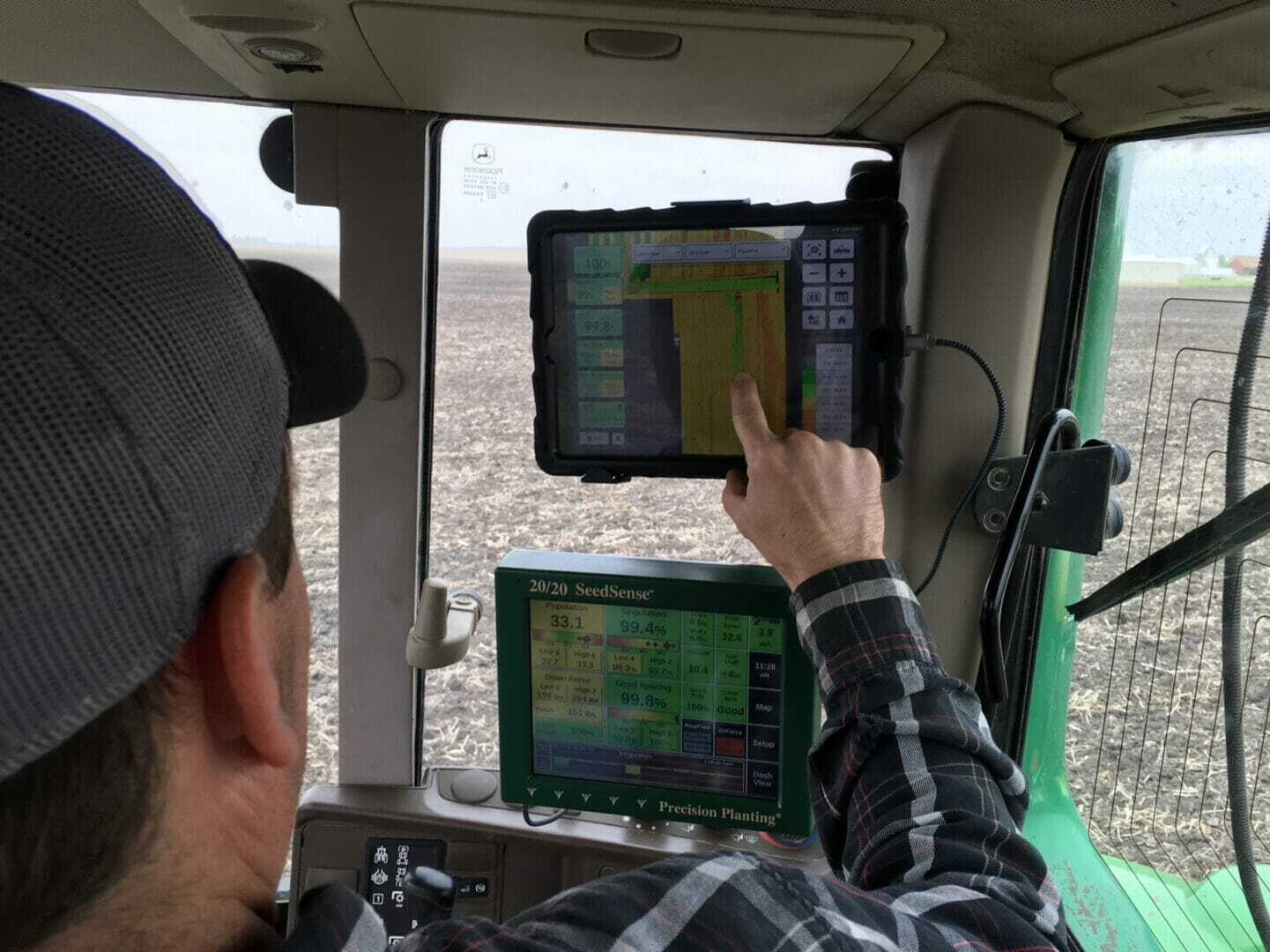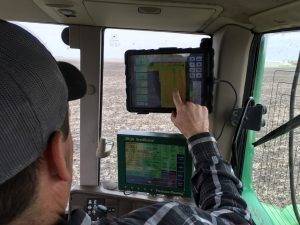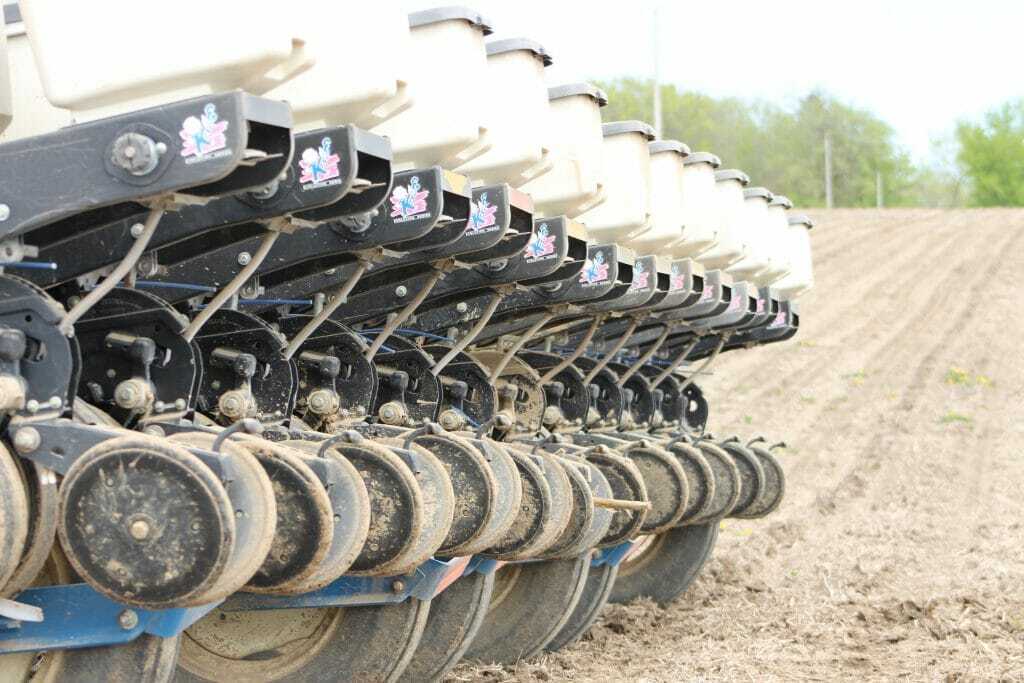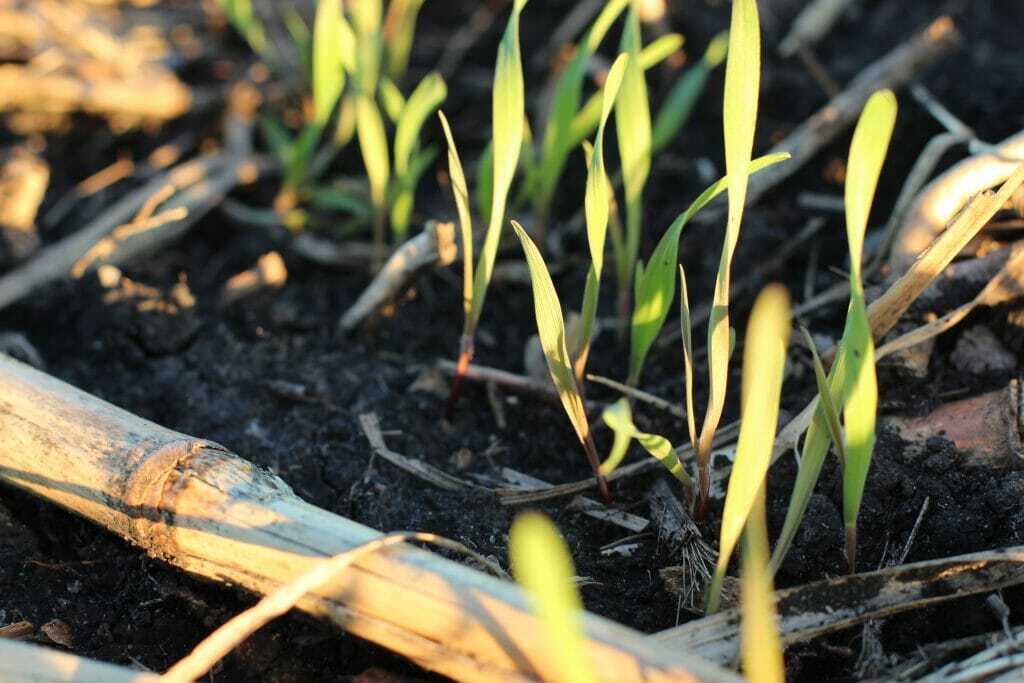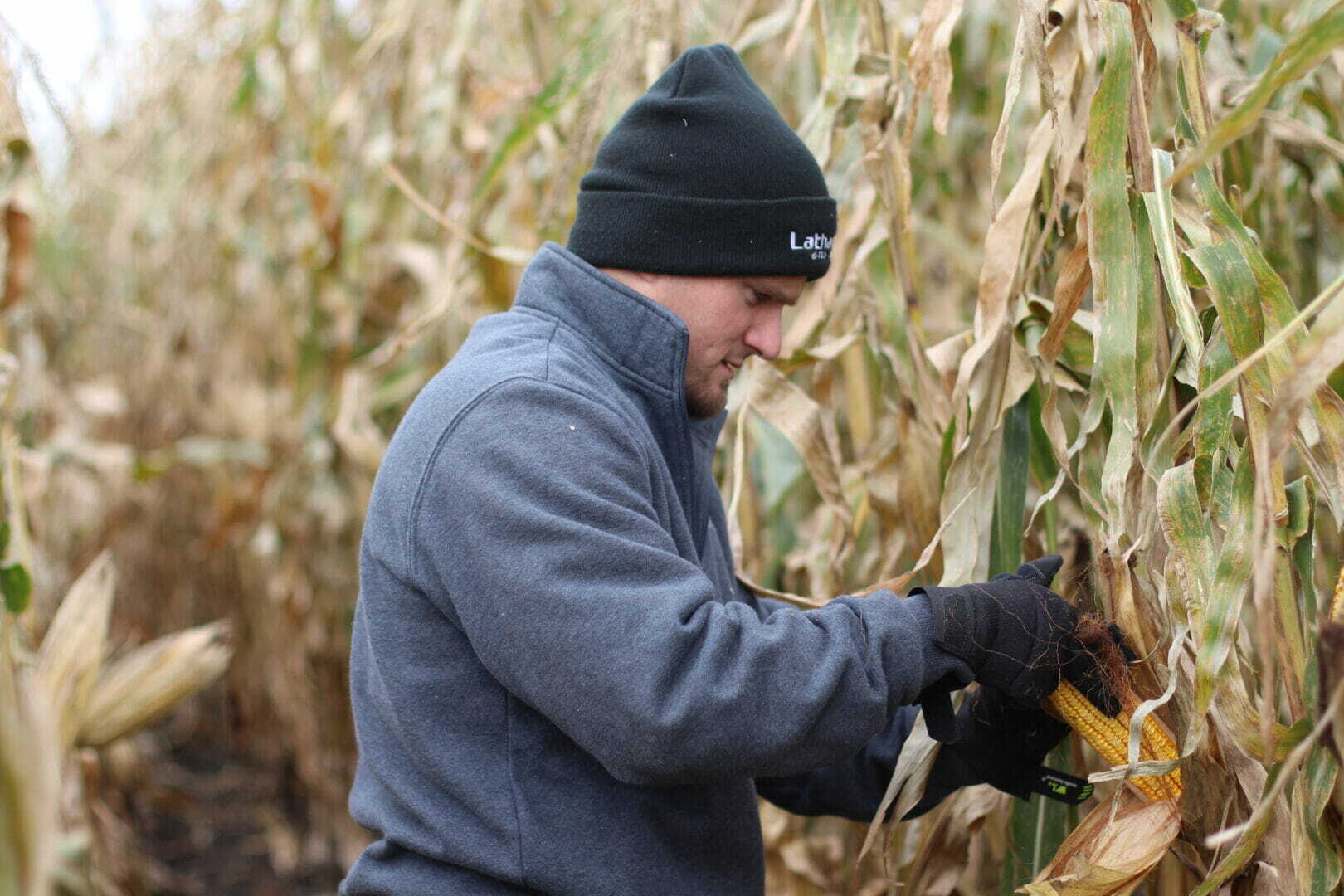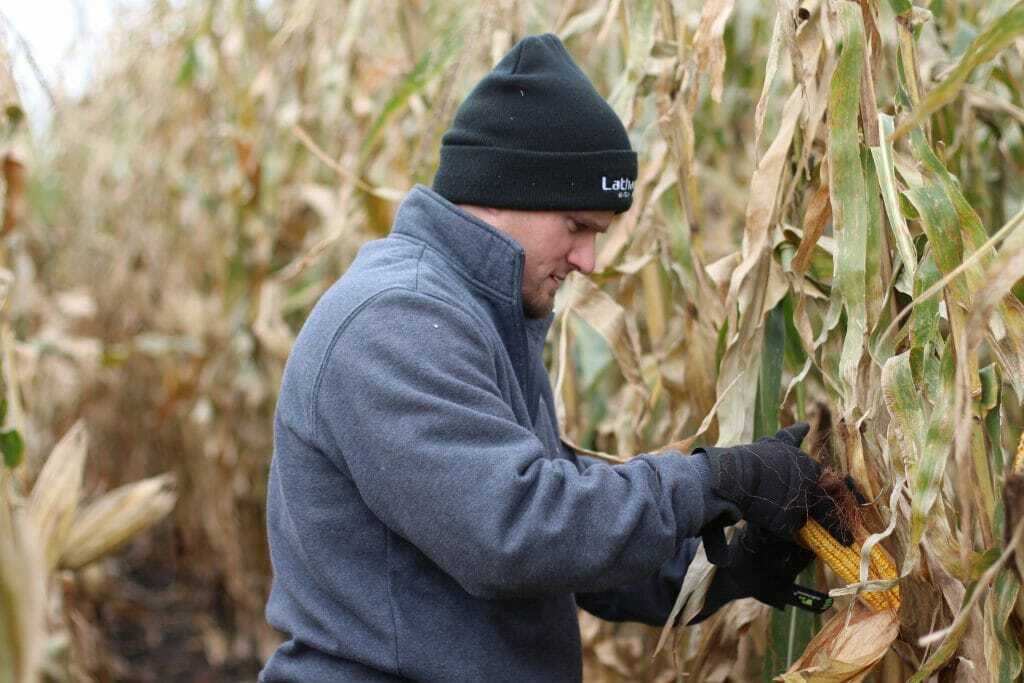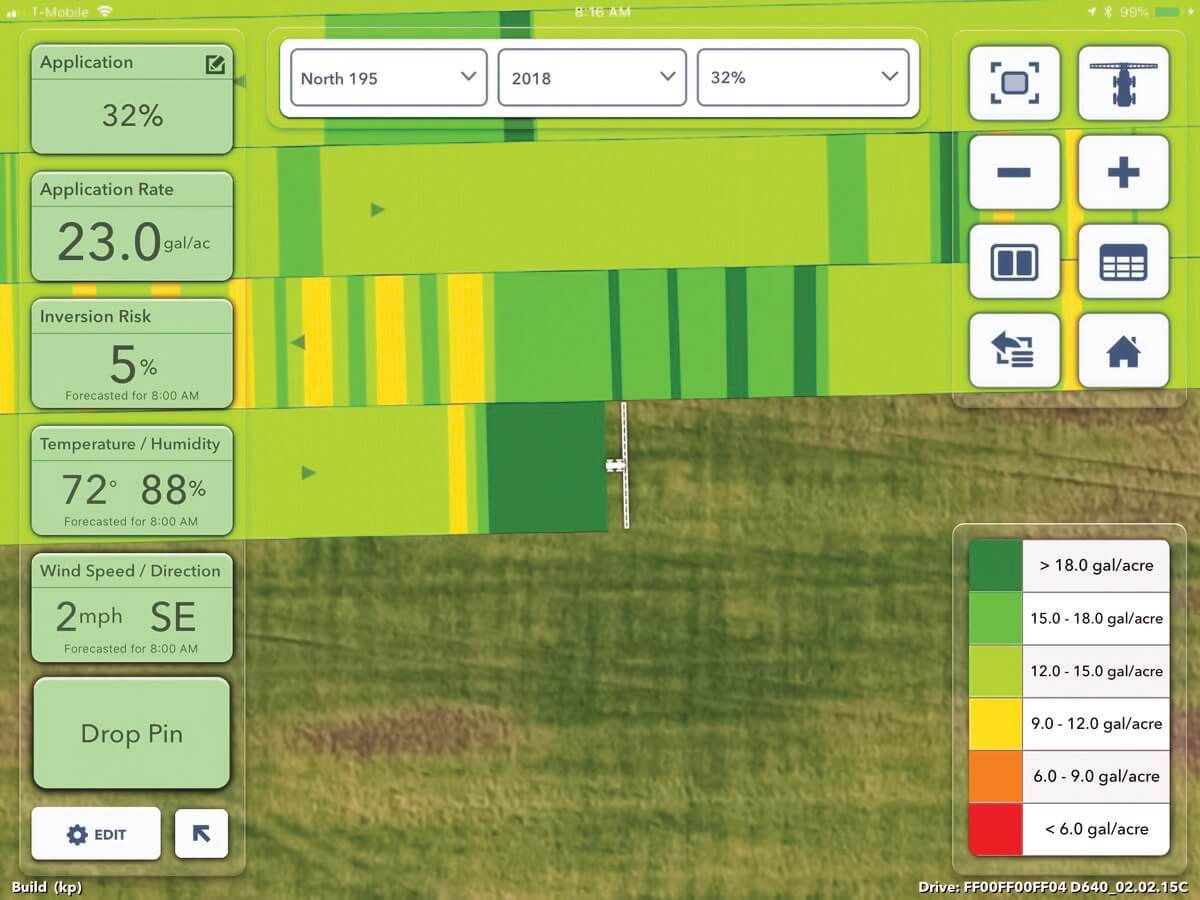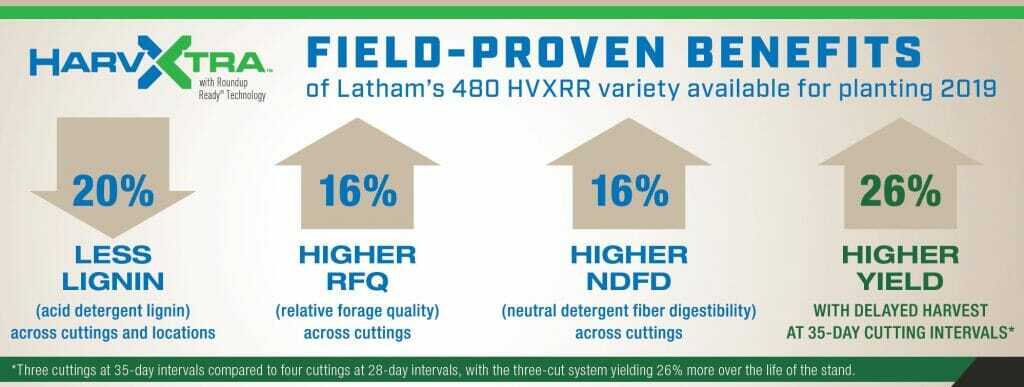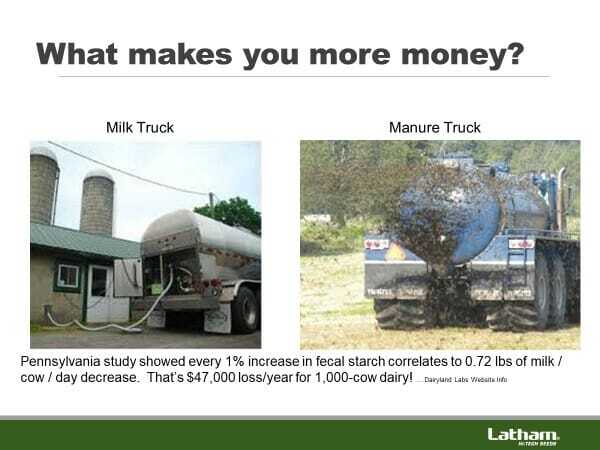Evaluating alfalfa stands is a spring-time ritual for every alfalfa grower. This winter presented several challenges to strong, hardy alfalfa varieties. This includes above average soil moisture going into winter, soil temps that dipped below 15 degrees Fahrenheit in areas without snow cover and below average snowfall followed by above average snowfall in February.
Remember, patience is a virtue. Winter-injured plants are often slow to recover in the spring, so avoid making a quick decision to destroy a winter-injured stand. Allow the alfalfa to green up.
Tips for evaluating alfalfa stands:
- Select at least four areas of the field and count stems. Wisconsin research has shown that counting stems provides a more accurate yield estimate.
- Dig plants from four locations of the field, including top 6 inches of the root. Examine the crown for size, symmetry, and number of shoots present.
- Cut the root of these plants lengthwise. Check for rot or discoloration of the crown and root. Healthy stands have fewer than 30% of the plants in categories 3 and 4. (Seed tables.)
Additional considerations when deciding whether to tear out existing alfalfa stands:
- You have heavy weed pressure but a light alfalfa stand.
- You have adequate alfalfa or hay inventory, so you can use the nitrogen credits and rotate that field into another crop.
- If the alfalfa stand is more than a year old, you may have high concentrations of the autotoxicity compound present. That will reduce the effectiveness of interseeding alfalfa, so producers can interseed Italian ryegrass, clover, or oats as a temporary solution to thicken the stand.
For additional information, feel free to contact me or your Latham regional manager. We’d also love an opportunity to talk with you about the placement for Latham Seeds’ outstanding lineup of high-quality forage products.
While we obviously can’t control the weather, there are other factors we can manage to help reduce the risk of winter kill in the future.
- Stand Age – Older stands are more likely to winterkill.
- Soil Fertility – Stands with high fertility, particularly potassium, are less likely to experience winter injury.
- Cutting Management – Both harvest frequency and timing of fall cutting affect winter hardiness. The shorter the interval between cuttings, the greater the risk of winter injury.
- Variety – Varieties with superior winter-hardiness ratings and a high disease resistance index are less likely to experience winter injury.
- Soil pH – Stands growing on soils with a pH above 6.6 are less likely to experience winter injury.

